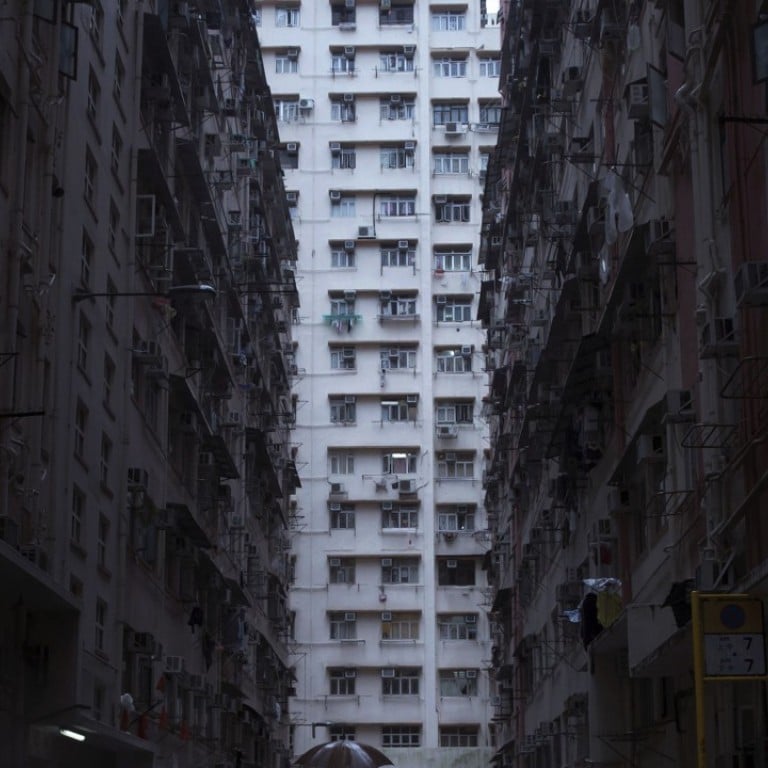
Hong Kong can build 2.8 million flats if land freed up, group claims
Study identifies short-lease government areas and plots reserved for Disneyland’s expansion as possible sources
From relocating Hong Kong’s main container port to scrapping a small-house policy, some 2.8 million flats – six times the government’s target for 10 years from now – could be built, a group of local young leaders has claimed.
Hailing from the business, private and civil sector, the 21 proponents on Friday floated seven land supply solutions that could yield 4,279 hectares across the city. Officials have stated they hope 460,000 units can be built by 2027.
Loong Tsz-wai, one of the 21 young leaders attending a housing forum organised by independent think tank Global Institute for Tomorrow, said its report addressing housing affordability “for the next generation” showed Hong Kong did not have a land shortage problem.
“It’s a distribution problem, and also a lack of political will,” Loong said.
“Of course, not all of the land can be realised, but this [shows] just how big the potential is.”
It’s a distribution problem, and also a lack of political will
One proposal would relocate nine container terminals in Kwai Tsing to Lung Kwu Tan in Tuen Mun. It would make available 279 hectares, or roughly 185,535 flats.
The group said the location, in an urban area and well-connected to infrastructure, would be more ideal for housing than for the shipping industry.
The port could instead occupy a larger site measuring 650 hectares after reclamation on Lung Kwu Tan, it added.
Another idea involved scrapping a highly contentious small-house policy that allows adult male indigenous villagers the right to build a three-storey house within a recognised New Territories village or on agricultural land.

Under the proposal, villagers would return land measuring 700 sq ft, and in exchange for their rights, be given government-built flats, such as those in the Home Ownership Scheme, measuring around 1,000 sq ft.
Citing development bureau figures, the study projected that some 933 hectares of government land reserved for building small houses in the future could become flats for 620,445 households.
Quick fixes for Hong Kong’s housing crisis are worth a try
Housing expert Lawrence Poon Wing-cheung said he supported scrapping the small-house policy in principle and describing such a move as a good use of resources.
“Using what originally was a small area for only three-storey houses and building estates for the Home Ownership Scheme to satisfy the housing needs of these villagers, as well as providing even more flats for Hongkongers, would be making good use of scarce land,” Poon said.
Use 110 hectares that are idle or leased short-term for prefab Hong Kong housing, political party says
“But then the problem is, since these are traditionally low-density areas, would we want to have tall buildings in their place? I’m sure there would be a lot of people against this.”
The group proposed additional steps to help address the city’s housing crisis, such as increasing property stamp duties to curb speculation driving demand.


